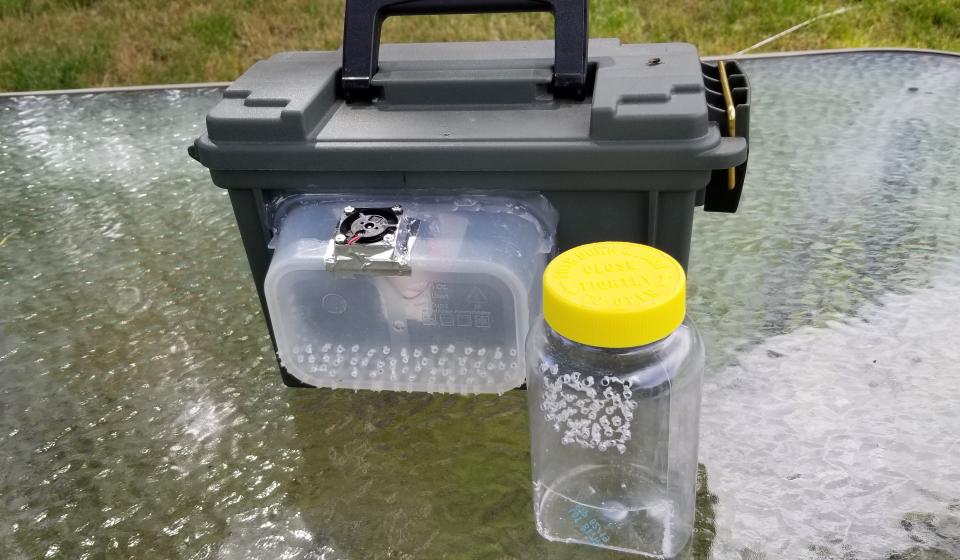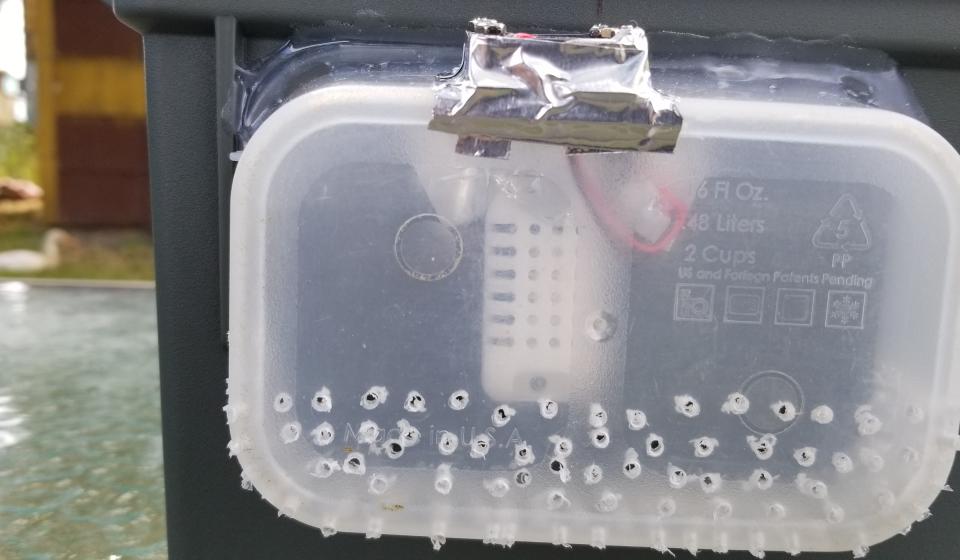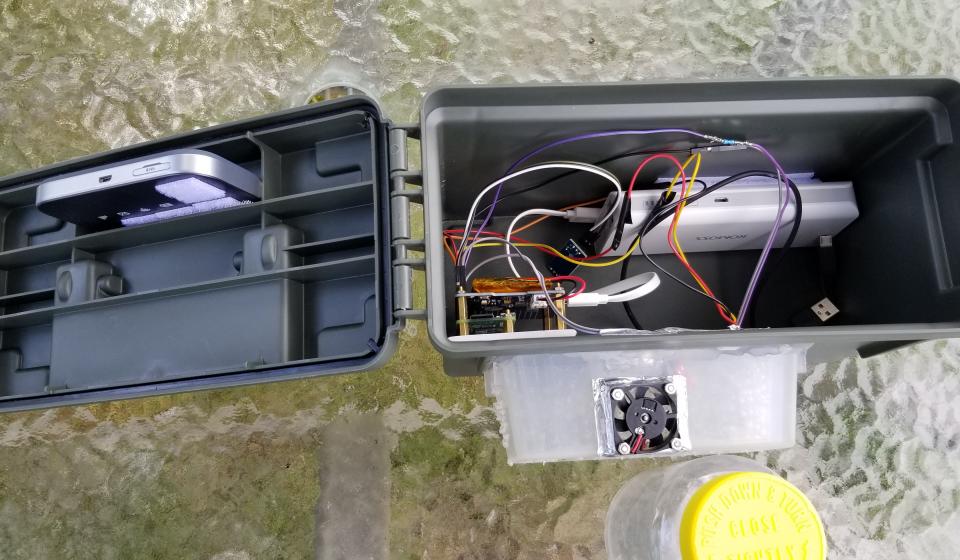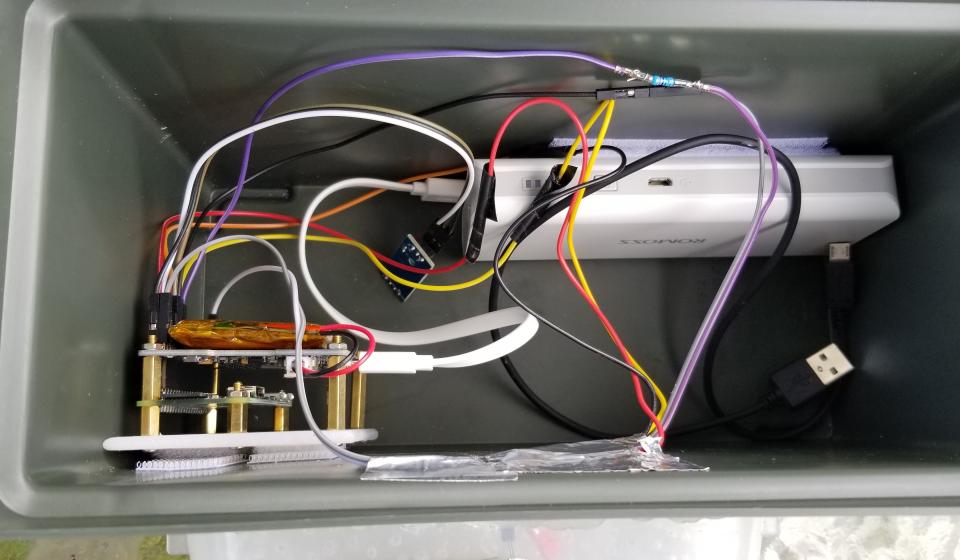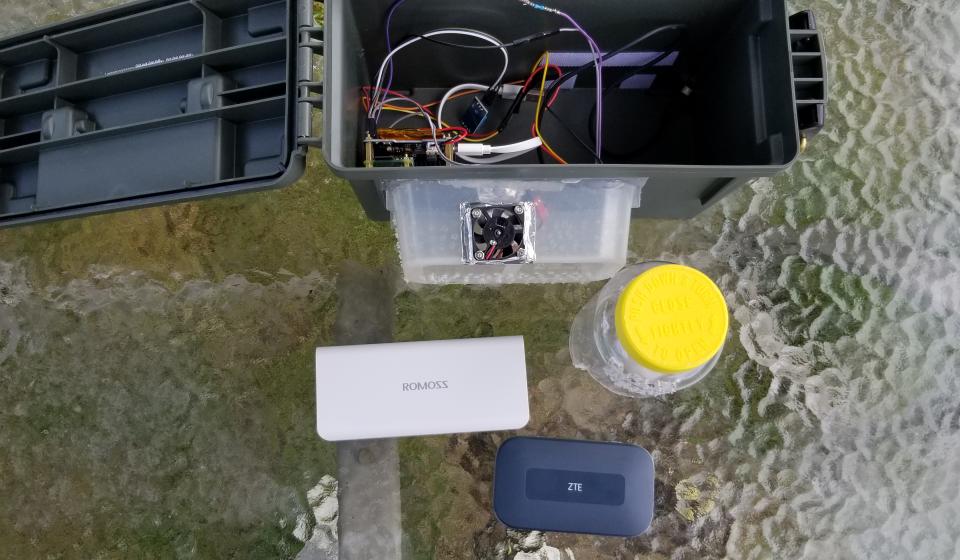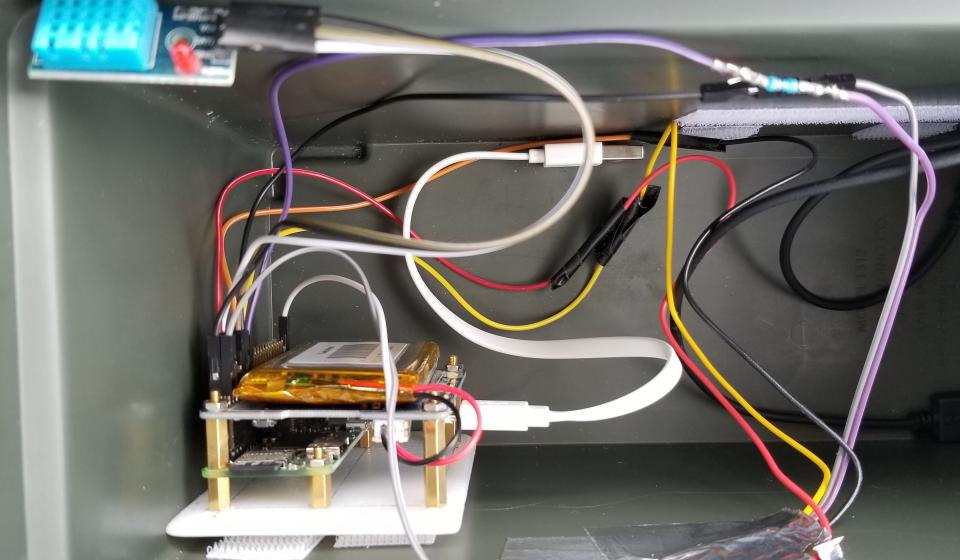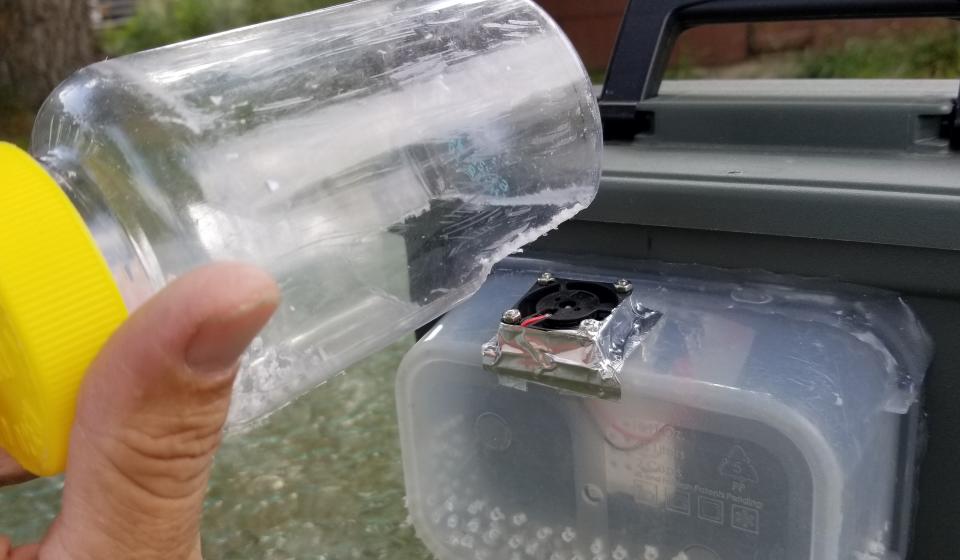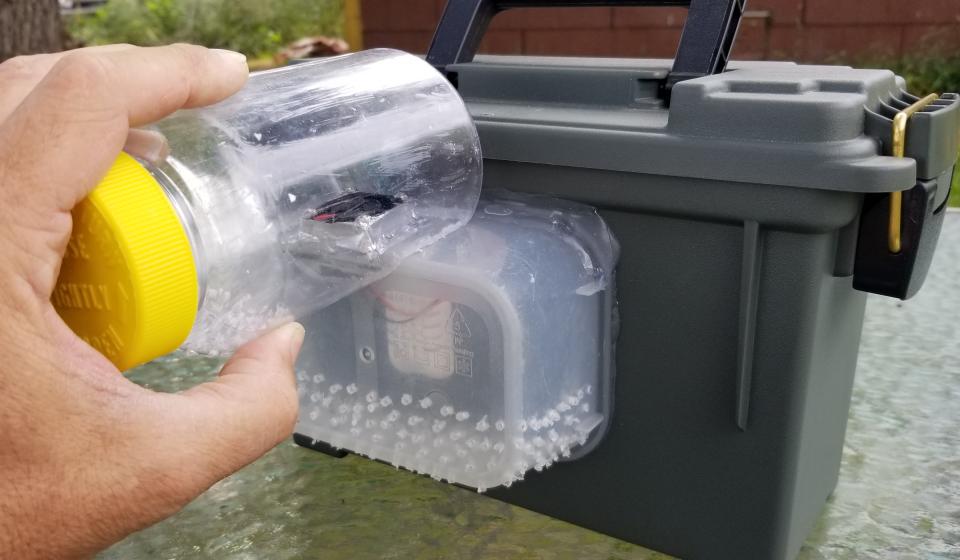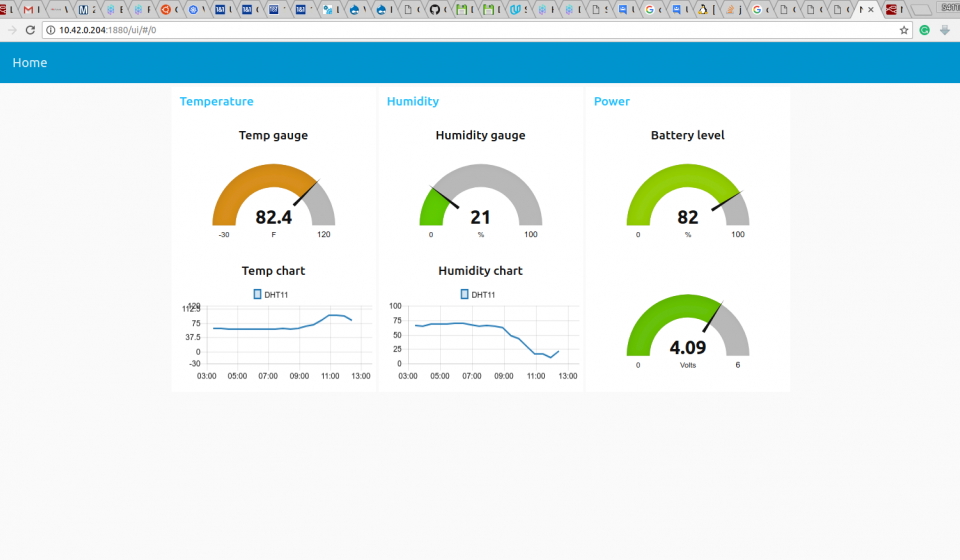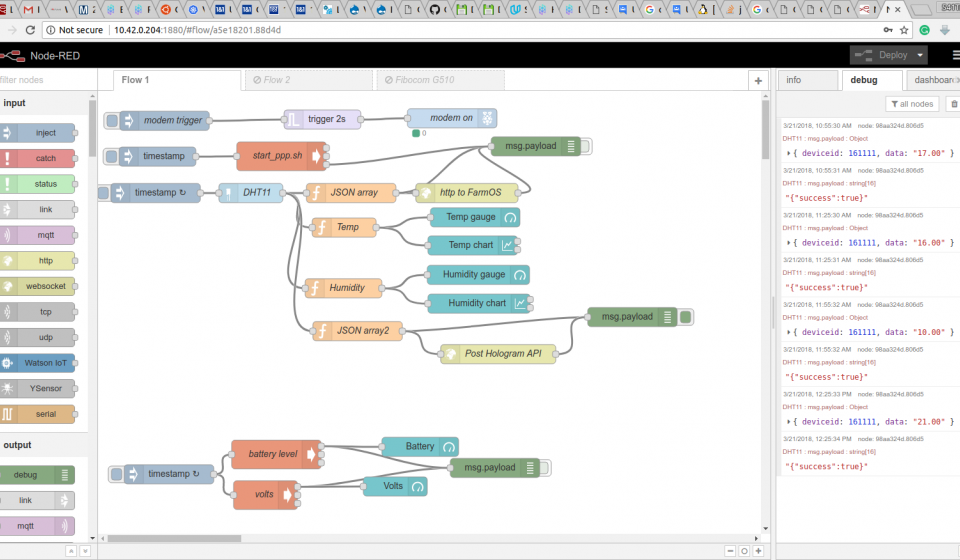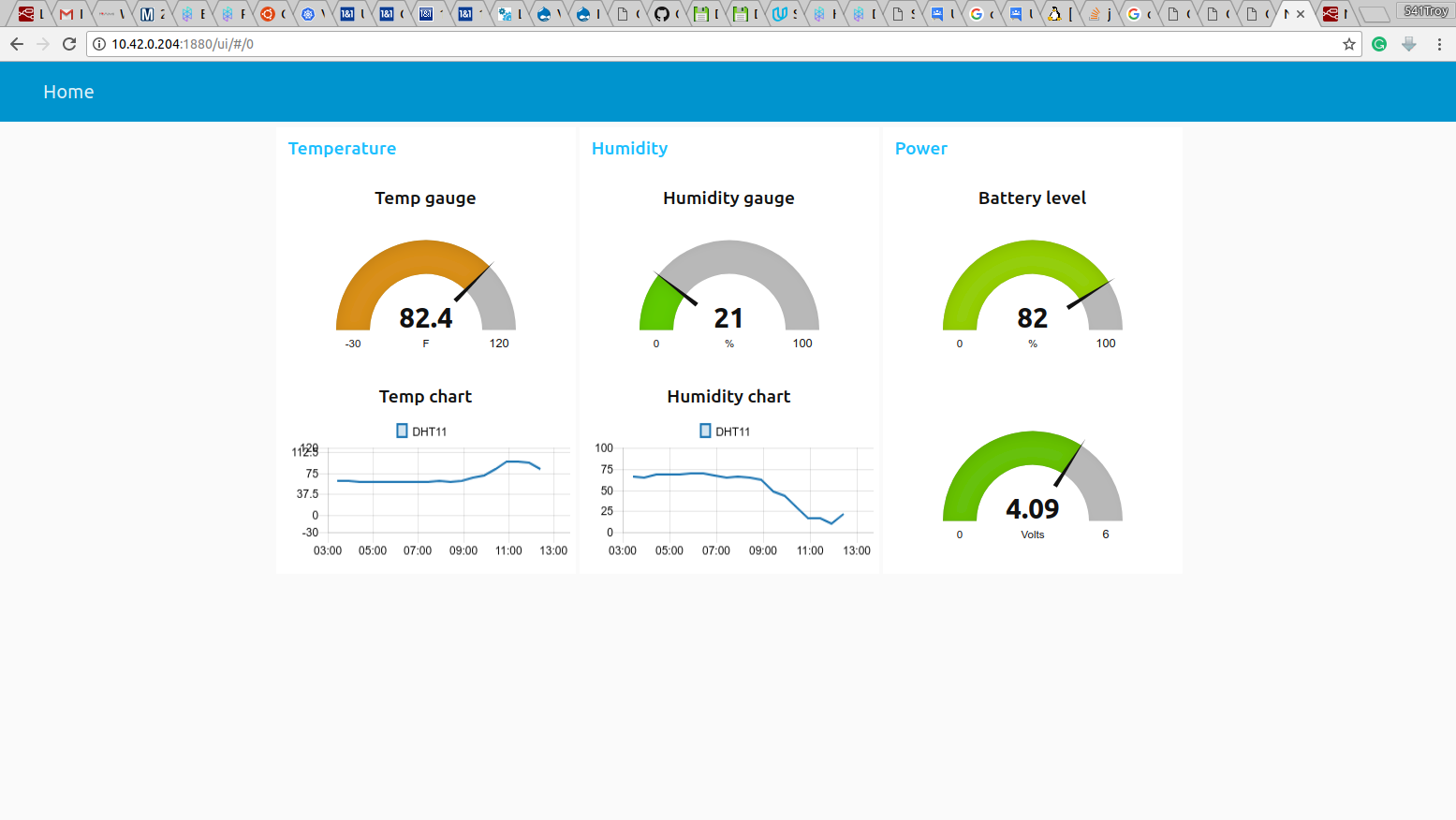
In this article, I go over how I built a humidity alert system that is being used to monitor temperature and humidity for hay farming. The idea is that when you bail hay, it needs to be during the night, and when the humidity is over 60%. Hay farmers tend to lose sleep waiting to see when the humidity is just right to go out and bail their hay. I was asked if I could build a device that would monitor conditions out in the field where the hay is on the ground waiting to be bailed and then send an alert to the farmer from these remote locations once optimum humidity is reached.
The requirements for the device included.
Being able to send alerts to other devices. It needs to not attract too much attention to itself when placed out in the field, so it doesn't arouse the curiosity of passers-by. We also need to be able to control it with text messages and be able to make a blinking light visible on command so that it will be easier to find at night. That way it doesn't end up getting run over by the tractor. It also needs to be weatherproof while still being able to measure humidity conditions.
So after lots of thought, some trial & error, and then some Liquid Nails weatherproof sealer, here is what I ended up with.
Raspberry PI Humidity Alert System Part 1
Part 2 (coming soon to a web browser near you!)
In part 2 I will go deeper into detail about the Node-Red flows that I am using as well as some of the library dependencies that are necessary to get the readings from the battery. I will also paste the code to my flows and have a link available to download the Operating System Image so that you can burn it to your SD card and get it all working right out of the box. Or, if you want to make it a little simpler I could just build you one and have it plug and play ready when you get it. :)
Project Photos
-

- Log in to post comments
